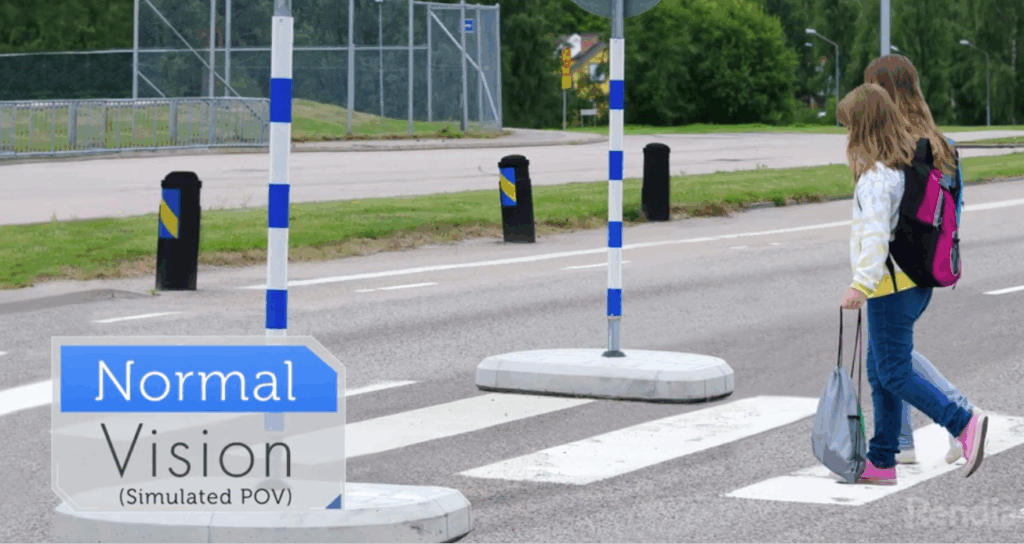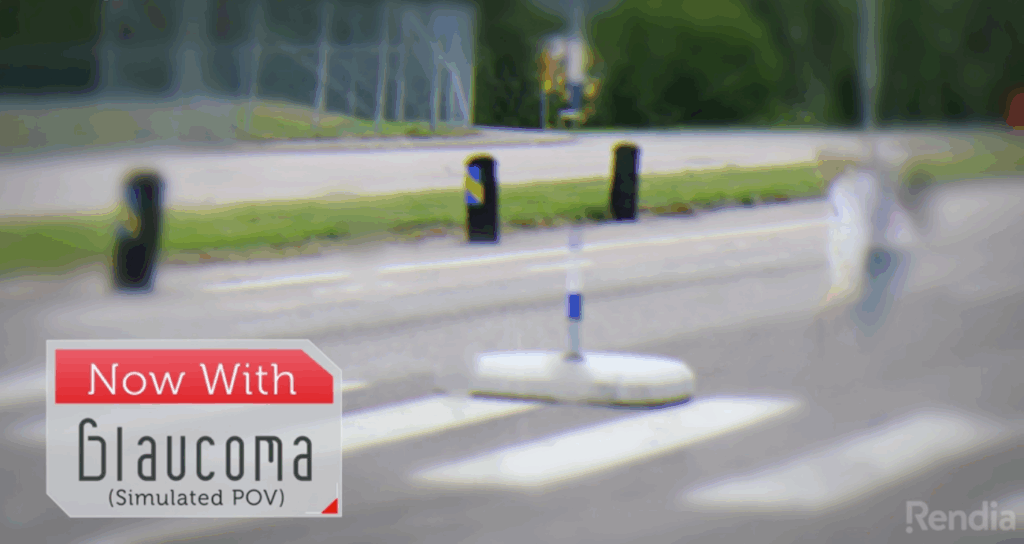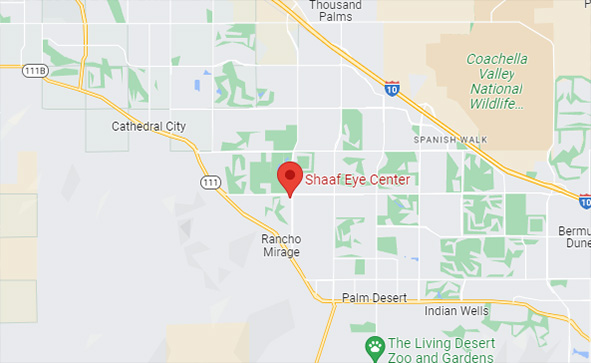
Have you noticed changes in your side vision or found it harder to see clearly in dim light? These could be early signs of glaucoma—a serious eye condition that can lead to permanent vision loss if left untreated. In Rancho Mirage and throughout the Coachella Valley, glaucoma is one of the most common eye diseases affecting adults over 60, but it can develop at any age.
The good news? With today’s advanced technology and early detection tools, including the available at Shaaf Eye Center, it’s possible to identify glaucoma early and protect your vision for years to come. In this guide, we’ll explain how glaucoma affects vision, the symptoms to watch for, what causes it, and the effective treatment options available right here in Rancho Mirage.
What Is Glaucoma?
Glaucoma is a group of eye diseases that damage the optic nerve—the part of your eye responsible for sending images to your brain. In most cases, it’s caused by increased pressure inside the eye (intraocular pressure), but it can also occur with normal or low eye pressure.
According to the American Academy of Ophthalmology (AAO):
- More than 3 million Americans are living with glaucoma.
- Half of them don’t even know they have it.
- Glaucoma is the second leading cause of blindness worldwide.
Without treatment, glaucoma can lead to permanent vision loss—but early diagnosis and management can slow or stop the progression.
How Glaucoma Affects Vision
Glaucoma doesn’t usually cause sudden vision loss. Instead, it slowly damages peripheral (side) vision first, making it harder to notice until significant damage has occurred.
- Early stages: Small blind spots appear in your side vision.
- Middle stages: These spots grow larger, making tasks like driving or navigating crowded spaces harder.
- Advanced stages: Central vision becomes blurred or lost entirely.
The AAO warns that once optic nerve fibers are lost, they cannot regenerate, which is why detecting glaucoma early is so important.


Common Symptoms of Glaucoma
Glaucoma symptoms vary depending on the type and stage of the disease.
1. Open-Angle Glaucoma (Most Common)
- Gradual loss of peripheral vision
- Tunnel vision in advanced stages
2. Angle-Closure Glaucoma (Eye Emergency)
- Severe eye pain
- Sudden blurred vision
- Halos around lights
- Nausea and vomiting
3. Normal-Tension Glaucoma
- Side vision loss despite normal eye pressure
Even if you have no symptoms, you may still have glaucoma. That’s why Shaaf Eye Center offers a quick and easy Glaucoma Risk Assessment a simple way to check your risk before coming in for a full exam.
Causes and Risk Factors
While the exact cause isn’t always clear, glaucoma often develops when fluid builds up in the eye, increasing pressure and damaging the optic nerve.
Risk Factors Include:
- Age 60+ (especially in Rancho Mirage’s senior population)
- Family history of glaucoma
- Diabetes or high blood pressure
- Severe nearsightedness or farsightedness
- Previous eye injuries
- Long-term steroid use
The AAO also notes that African Americans, Hispanics, and Asians have a higher risk for certain types of glaucoma.
Types of Glaucoma
- Open-Angle Glaucoma – Slow onset, symptomless until late stages.
- Angle-Closure Glaucoma – Sudden and painful; requires immediate treatment.
- Normal-Tension Glaucoma – Nerve damage despite normal pressure.
- Secondary Glaucoma – Caused by other eye conditions or trauma.
How Is Glaucoma Diagnosed?
At Shaaf Eye Center, we use advanced diagnostic tools for early detection:
- Tonometry – Measures intraocular pressure.
- Ophthalmoscopy – Examines optic nerve health.
- Visual Field Test – Detects blind spots in peripheral vision.
- Optical Coherence Tomography (OCT) – Creates detailed images of the optic nerve.
Glaucoma Treatment Options in Rancho Mirage
While there’s no cure, treatments can slow the disease:
1. Prescription Eye Drops – Lower eye pressure by improving drainage or reducing fluid production.
2. Oral Medications – Used if drops aren’t enough.
3. Laser Therapy
- Selective Laser Trabeculoplasty (SLT): Improves drainage for open-angle glaucoma.
- Laser Peripheral Iridotomy (LPI): Prevents angle-closure glaucoma.
4. Minimally Invasive Glaucoma Surgery (MIGS) – Quick recovery and less invasive.
5. Traditional Surgery – For advanced cases when other methods fail.
Conclusion
Glaucoma is a serious eye condition that can cause permanent vision loss if it goes undetected. While it often develops without noticeable symptoms in its early stages, regular eye exams and advanced screening tools make it possible to catch it before significant damage occurs. At Shaaf Eye Center in Rancho Mirage, we are committed to helping our community safeguard their vision through thorough eye evaluations, personalized treatment plans, and innovative diagnostic options.
If you’ve experienced symptoms such as gradual loss of side vision, halos around lights, eye pain, or sudden vision changes—or if you’re over 40 and have never been screened—don’t wait. Take our Glaucoma Risk Assessment today to assess your risk, and follow up with a comprehensive eye exam for a complete evaluation. Call us today at (760) 346-5005 to book your consultation and protect your vision for the years ahead.






